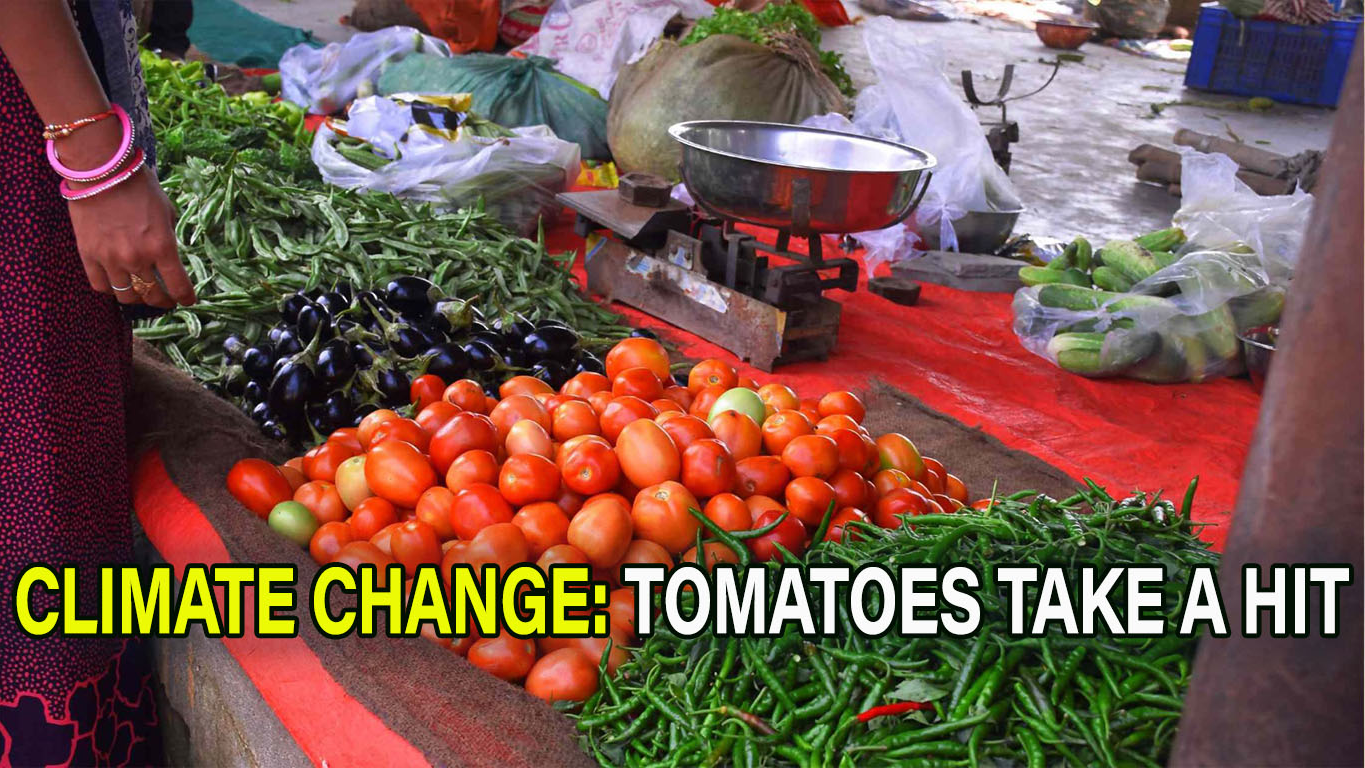

The humble red orb tomato has become a luxury item for many Indian households. Skyrocketing prices have left consumers reeling, with tomatoes now costing upwards of Rs 80-90 per kg in many parts of the country. While the government has stepped in with subsidized sales in some areas, the question remains: why are prices so high, and when will we see relief?
The answer, unfortunately, is a complex one, rooted in the unpredictable nature of climate change. Heavy rains during harvest season have decimated crops, while bacterial and viral diseases have further reduced yields. Farmers, facing significant losses and uncertain futures, are shifting to more resilient crops like maize, exacerbating the tomato shortage.
This isn't just a temporary; experts predict that tomato prices are likely to remain elevated until the next harvest season in March or April. This means consumers will need to brace themselves for a prolonged period of high prices and potentially limited availability.
Several factors have contributed to this tomato crisis:
While government intervention may provide temporary relief in some areas, the reality is that consumers will need to adapt to this new normal of expensive tomatoes. Until the next harvest season, prices are unlikely to come down significantly.
This situation highlights the growing impact of climate change on food security and the need for sustainable agricultural practices. It also underscores the importance of supporting local farmers and making informed choices about our food consumption.